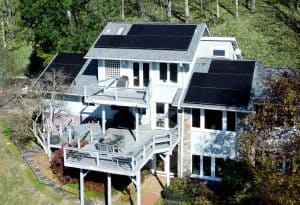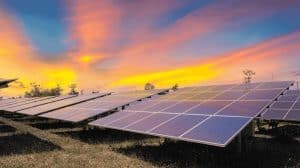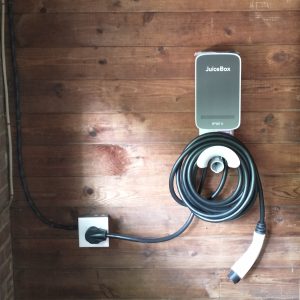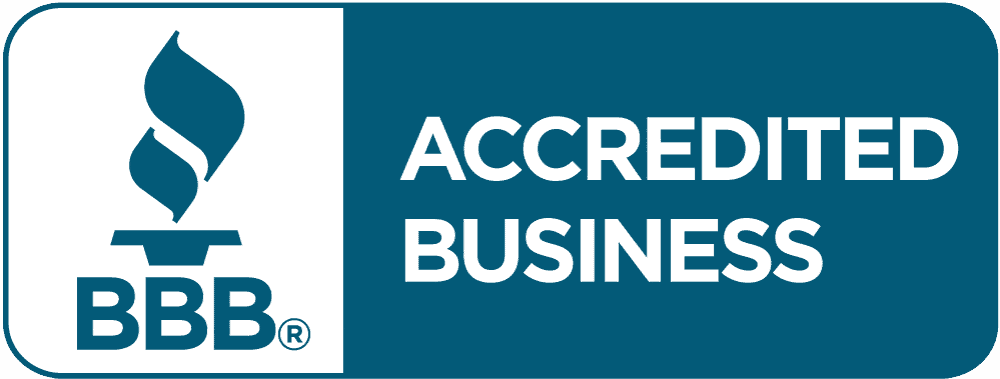The Difference Between Solar Inverters
Solar Inverters
Solar inverters are the brain of any solar energy system. Whether grid-tied or multi-use, every solar system requires an inverter. The inverter takes the DC electricity produced by the solar panels and converts it into AC electricity that will be used in the home’s electrical system. The simplest type of inverter, being the grid-tied type, takes care of powering the loads in the home from solar and selling electricity back to the grid when the solar production is in excess of the home’s electricity usage. “Smarter” inverters or multi-use types can do all the above while also charging a battery bank for backup or time of use power with solar, generator, or grid power. Some multi-use inverters can also charge electric vehicles and incorporate micro-hydro or wind power. The inverter is also responsible for monitoring the solar system and reporting production and consumption metrics to an online platform that the owner and installer can monitor.
Before we get started a few helpful definitions:
DC Power – Electricity that flows in a straight direction. DC power is less efficient and harder to transmit over longer distances. DC is the type of electricity generated by most power sources, including solar, hydro, batteries, and turbines. DC electricity is used for most technology, including phones, computers, TVs, and gaming consoles, where the device is taking AC power from the wall outlet and turning it into low voltage DC. Commonly used in 12, 24, and 48 volts for battery systems and 400 to 1000 volts for solar arrays.
AC Power – Electricity that magnets have manipulated in a transformer to create a wave in the current of electricity. This wave is precise to the type of power being used, usually 50 or 60 hertz throughout the world where hertz is the amount of waves in a second and 60 hertz is the chosen type in the United States. The utility companies use AC power to distribute power at high voltages over long distances and then to businesses and residences. AC power is commonly available in 120, 208, 240, 277, and 480.
Solar Array – A grouping of solar panels, most commonly wired in series, called a string. The amount of panels plugged together is determined by the inverter. With every panel added in series, the voltage increases by the amount of that panel, and the current stays the same. This allows for high voltage, low current strings with a smaller size wire capable of carrying more overall power.
Battery Bank – A grouping of batteries wired to reach the desired voltage output and amp-hour capacity of the battery bank. These groupings of batteries are designed based on the inverter capacity, solar array size, and load requirements. Commonly 48 volt systems with the batteries wired in parallel to increase the ampacity, which allows for larger charging and discharging capacities.
Power – Watts = voltage x current
Reactive Power – The amount of power it takes for the electricity to efficiently flow. This is the power it takes to have power. Confusing, right? Check out this article to learn more. Reactive power explained
Cost-Effective – In regards to solar, Knowing if the system will have an attractive return on investment. In regards to inverters, the cost-effectiveness between inverter types will largely depend on the site location, roof design, owner’s requirements, and electrical system of the building.
Output Voltage – Output voltage will be different across a single system. In regards to AC power, the output voltage will be in context to the inverter and the grid. The inverter will generate the same type of voltage as it sees from the grid. This means the AC output voltage of the inverter and the grid will be the same.
This is not the same with DC voltage. This refers to the output voltage of the solar array or the battery bank, which will always be different. The battery bank will be nominal depending on the system at either 12, 24, or 48 volts. The solar array will always be a fluctuating voltage depending on the time of day, location, and weather conditions. The maximum voltage of the solar array is determined by the designer using STC conditions so as not to overload the inverter.
Constant Voltage – This would be the voltage generated on the AC side of an inverter where it is always the same.
Load (s) – Any appliance, light, outlet, or electricity being consumed by the building or home.
Critical Load (s)- The loads to be backed up when looking at a battery backup system. These loads are crucial to you and your home’s well-being. These normally include a refrigerator, freezer, well pump, lights, and outlets.
STC – Standard test conditions when testing solar panels. 1000 watts/meter squared 25 degrees celsius, and 1.5 air mass.
What are the different types of solar inverters?
String Inverters
String Inverters link your solar panels together with “Strings,” which are then connected to a single inverter. String inverters are great for larger systems that are all on the same face and pitch of a roof. String inverters are almost exclusively used for larger ground mount and commercial systems.
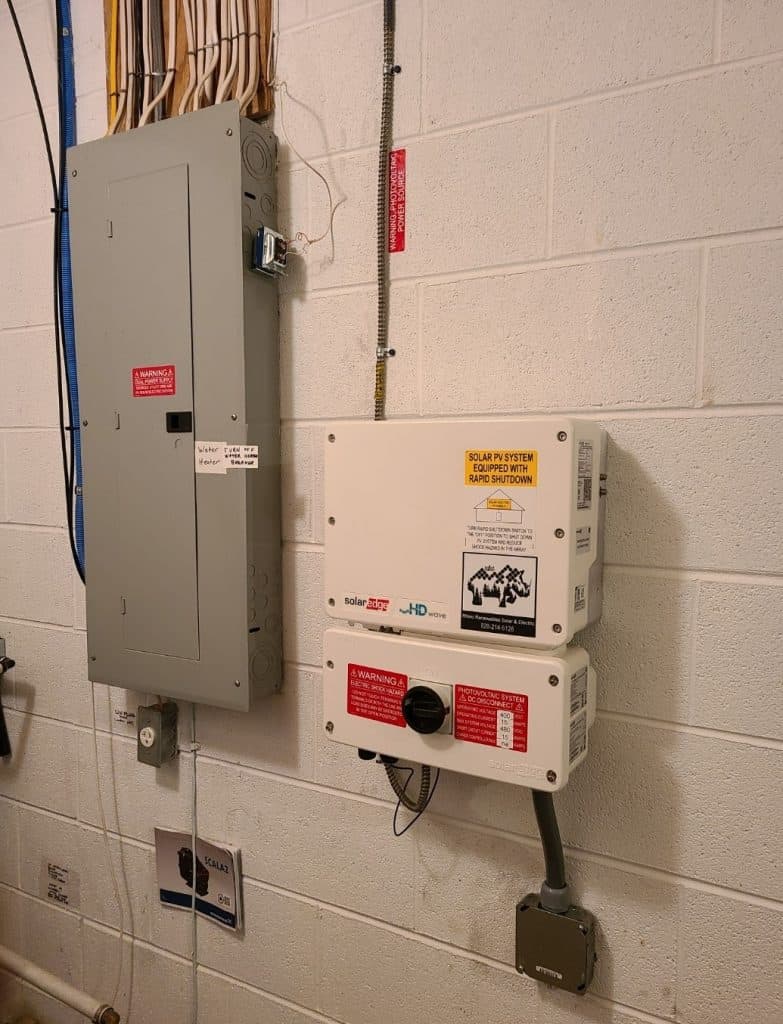
Micro Inverters
Microinverter systems have an inverter attached to each panel. Microinverters are great for small to medium-sized solar arrays, especially if there are multiple roofs that face different directions or multiple roof faces at different pitches.
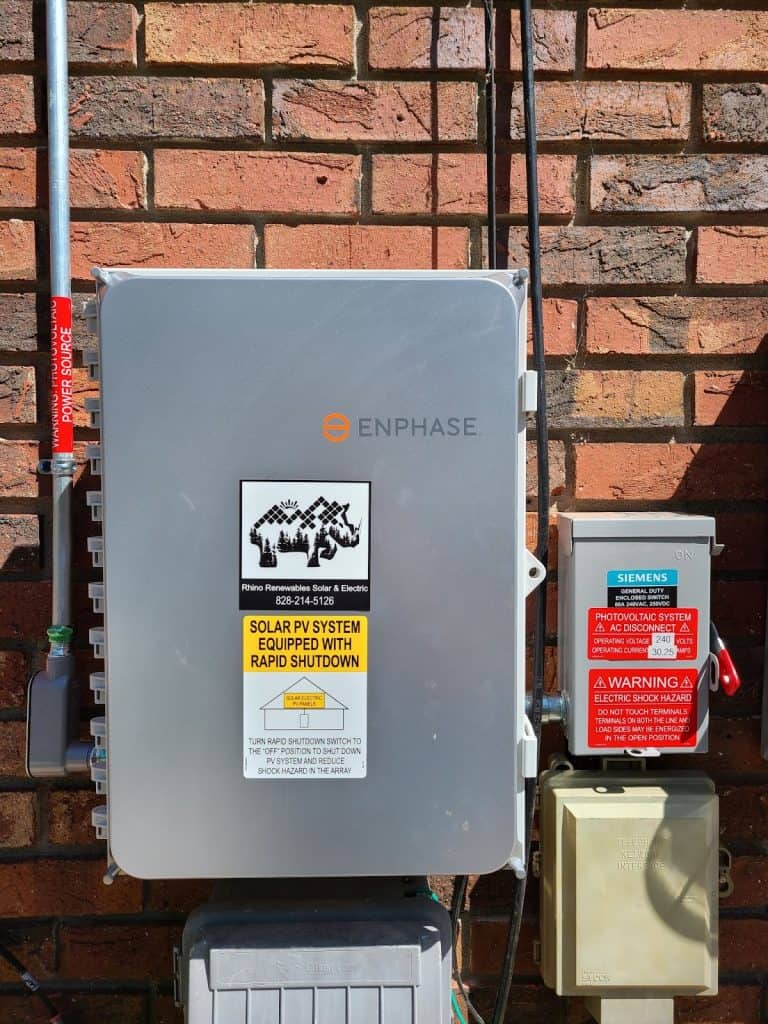
Multi Use Inverter
They are used for battery backup and off-grid solutions. Capable of using solar power to charge batteries, power the building’s loads, sell power back to the grid while also capable of operating off the grid or using the batteries at certain times of the day. Some multi-use inverters are also capable of having additional power input sources from a generator or micro-hydro turbine.
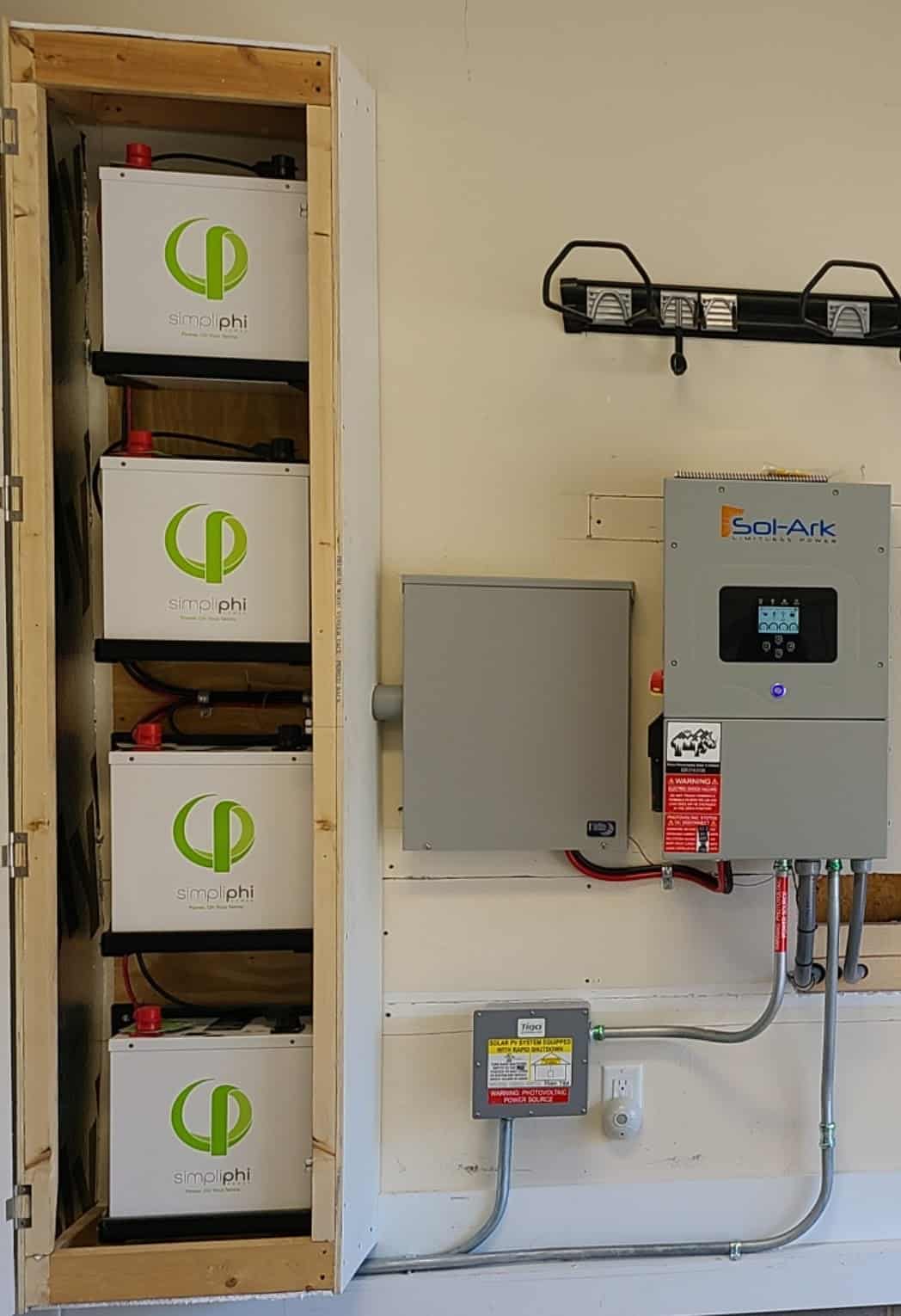
Microinverters vs. String Inverters:
The pros and cons of string inverters vs microinverters.
String Inverters (aka: Central Inverter)
- + Easy to troubleshoot
- + Compliance with rapid shutdown requirements
- + Power Optimizers - enable safe operation and maintenance. Also, allow for panel-by-panel monitoring and increase power production in shady conditions. Efficiency in partial shade
- + System monitoring
- + Cost effective for medium to large systems
- - Must run wires in metal conduit for residential applications
Microinverters
- + Single phase micro inverters produce 240 volt electricity that is compatible with the electricity being used in your home.
- + These units are Rapid shutdown compliant
- + Great for challenging installations with multiple roof faces and pitches.
- + Longer life span and 25 year warranty
- + Panel-level monitoring
- + Easy System expansion
- + Cost effective for small to medium sized systems.
Need Help Planning Your Solar Installation?
Reach out to your local solar experts at Rhino Renewables Solar & Electric!
Choosing the best inverter option for your home
When to use string inverters on your solar array.
String inverters are best suited for medium to large solar arrays that are oriented in the same direction and pitch. Minimal to no shade is best with string inverters, though optimizers help with partial shade. String inverter systems are more cost-effective as the solar array gets larger and works almost exclusively with commercial and utility-scale projects.
String inverter systems are the best application for battery backup. With a battery-capable string inverter, you can use solar, generator, battery, and grid power to power the loads in your home and sell power back to the grid.
Sting inverters have a shorter lifetime, with most manufacturers offering a 12-year warranty.
When to use micro inverters on your solar installations.
Microinverter systems are best for small to medium-sized solar arrays. Roofs with multiple pitches and roof faces are the best fit for micro inverters. Microinverters have a longer lifespan, and most manufacturers warranty them for 25 years. Microinverter systems can be AC coupled with batteries to provide backup power, but this is more expensive and complicated than other string inverter options.
Related Posts
Understanding the North Carolina Bridge Rate Structure
Introduction:The North Carolina Residential Renewable Energy Program is a unique opportunity for residential customers to harness renewable energy for their own use. In this blog...
Read MoreHow Virtual Power Plants Could Be the Key to Saving Rooftop Solar
How Virtual Power Plants could be the Key to Saving Rooftop Solar The Rise of Virtual Power Plants This approach is known as a virtual...
Read MoreMaximize Savings & Sustainability with PowerPair from Duke Energy Progress & Duke Energy Carolinas
Maximize Savings & Sustainability with PowerPair from Duke Energy Progress & Duke Energy Carolinas Duke Energy Progress & Carolinas is offering an enticing opportunity for...
Read MoreEV Charger Rebate and Tax Credit
EV Charger Rebate and Tax Credit Duke Energy EV Charger Prep Credit Program What is the Credit Program? Duke Energy EV Charger Prep Credit Program...
Read More